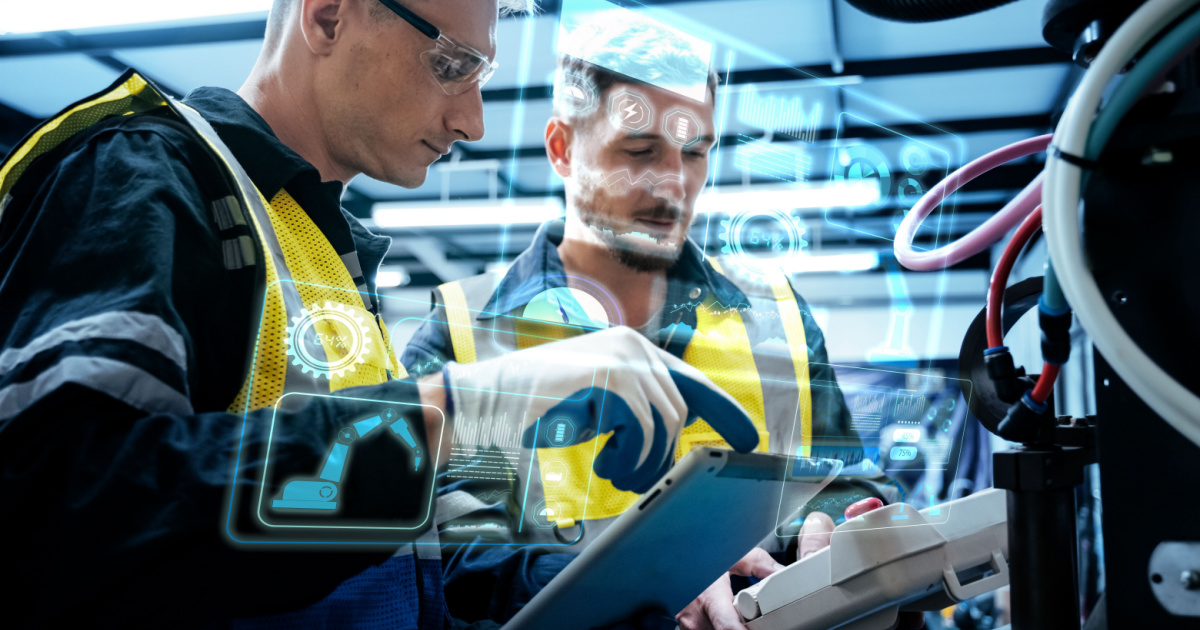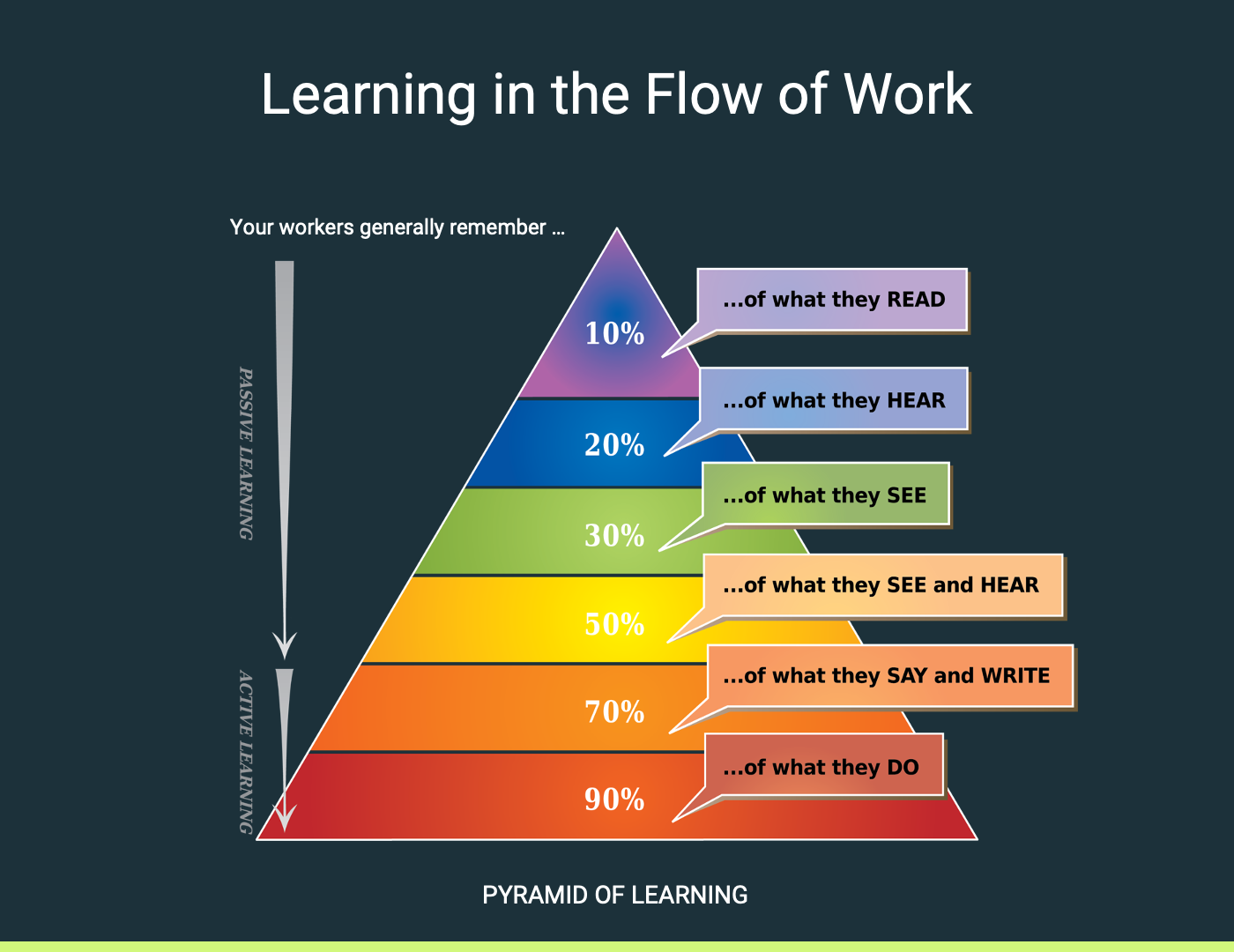AI and connected worker technology is helping frontline managers combat employee burnout and improve engagement and retention.
In today’s fast-paced manufacturing industry, staying ahead of the curve is critical to success. To remain competitive, companies must continuously reskill and upskill their workforce. One way to achieve this is to operationalize training and bring it closer to the factory floor using artificial intelligence (AI) and connected worker technology. Operationalizing training means taking a more systematic approach to training and workforce development, rather than treating it as a one-time event.
According to a report by McKinsey, companies that embrace AI-powered learning reduced training time by up to 50% and improved learning outcomes by up to 60%.
AI-powered solutions make learning more accessible, engaging, and effective; and by integrating training and learning solutions into the everyday operations of the company, manufacturers can create a culture of continuous learning and improvement. In fact, here at Augmentir we’ve seen manufacturing companies use this approach to reduce new-hire onboarding and training time by up to 72%.
Learning: When and Where it’s Needed
AI has the potential to revolutionize many industries, and manufacturing is no exception. Many workers in the manufacturing industry work in shift-based environments, making it difficult for them to attend traditional classroom-based training sessions.
With AI, organizations can incorporate more learning processes into the everyday workday of frontline workers – essentially operationalizing training and bridging the gap between knowing and doing. This “active learning” aligns with the Pyramid of Learning visual model that illustrates the different stages of learning and their relative effectiveness.
Active learning involves the learner actively engaging with the material, often through problem-solving, discussion, or application of the knowledge while they are on the job.
In general, active learning (or workflow learning) is considered more effective than passive learning in promoting deep understanding and retention of information. Therefore, learning leaders often strive to design learning experiences that involve higher levels of active learning, moving beyond the lower levels of the pyramid and promoting critical thinking, creativity, and problem-solving skills.
This approach can be implemented with mobile learning solutions that leverage connected worker technology and AI to provide workers with bite-sized, on-demand training modules that they can access on smartphones or tablets. These modules can be customized to each worker’s skill level, making it easier for them to learn at their own pace.
Additionally, AI-driven learning solutions offer:
- Personalized Learning: AI-powered learning solutions can be customized to each worker’s skill level, making it easier for them to not only learn at their own pace, but also matched to their experience level. For example, novice workers may be required to watch a micro-learning video as a safety prerequisite to performing a task, whereas a more senior worker with the appropriate level of job experience and proficiency may not be required to watch the learning video.
- Performance-based Learning: AI-powered solutions provide workers with hands-on learning experiences that are customized based on their actual job performance. These experiences can be delivered through a variety of content mediums – rich media, self-help guides, microlearning videos, and even augmented reality (AR) experiences.
- Real-Time Feedback: AI-powered solutions can monitor worker performance in real-time, providing instant feedback to help workers improve to provide access to content to help resolve issues in the flow of work.
AI can also help with the assessment of employee performance. Traditional performance evaluations often rely on subjective assessments from managers. Conversely, AI-powered performance evaluations can provide a more objective and data-driven assessment of employee performance, while also providing a more accurate picture of an employee’s strengths and weaknesses.
Better Training, Better Work
By implementing AI-based solutions, companies can identify and operationalize training needs across the organization. Using performance data, AI can uncover gaps in knowledge or skills across the workforce, which can then be used to develop targeted training programs to “fill” these gaps.
Once implemented, AI can be used to effectively track and improve learning and training effectiveness, leveraging data on worker performance before and after training to measure impact and refine training programs to ensure that they are delivering the best outcome.
As the manufacturing industry continues to evolve, so must how they approach learning solutions. A recent Deloitte survey found that over 90% of companies believe that AI-powered learning will be important for their organization’s success in the next three years. AI has the potential to operationalize training and transform learning in the manufacturing industry by bringing it closer to the factory floor. By leveraging AI-powered personalized learning, real-time feedback, data-driven performance evaluations, and identifying training needs, industrial organizations can create a more efficient, effective workforce.


